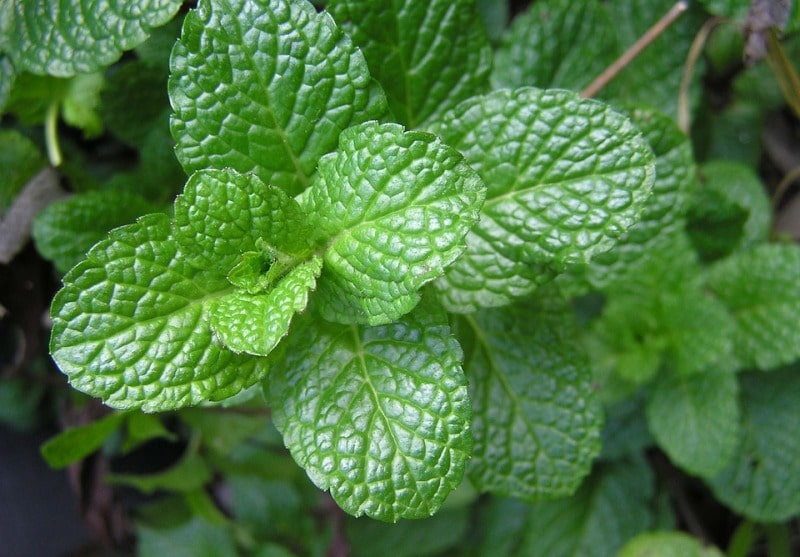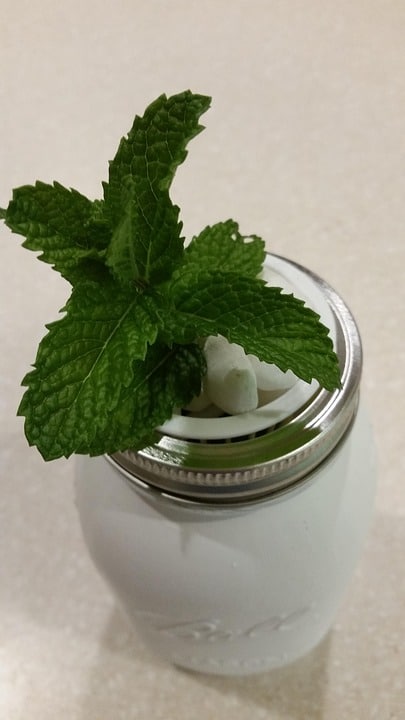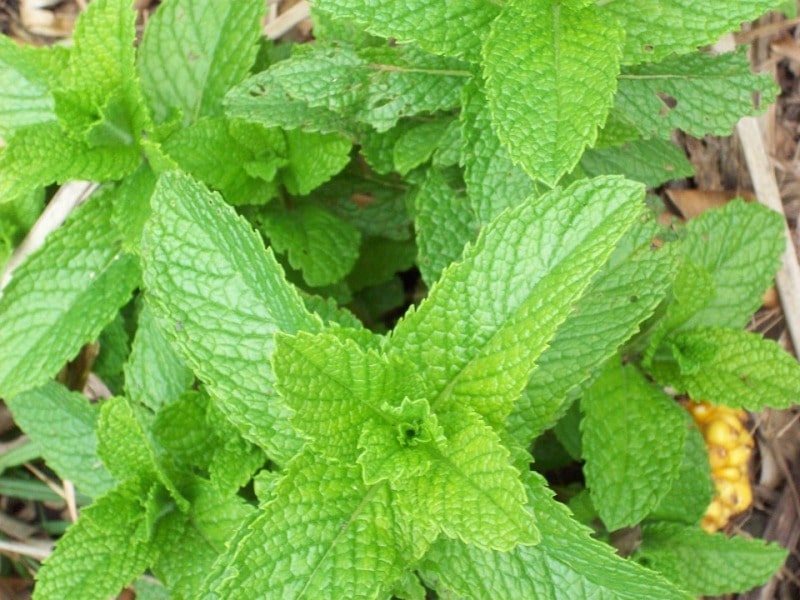A step by step guide for growing Mint hydroponically (Pudina)
Today, we learn about growing mint hydroponically along with mint plant care in hydroponics and harvesting of mint from hydroponics. Mint is undoubtedly best crops for hydroponics it grows like a weed with freshness guaranteed nearly anywhere it is planted. There are a diversity of types of mint, but the mainly used varieties are spearmint (Mentha spicata), peppermint (Mentha x Piperita), and pennyroyal mint (Mentha pulegium); some of the other mints like lemon mint (Monarda citriodora). Mint display leaves of various colors you can find mint from grey-green to dark green, green and purple, to sometimes blue and pale yellow too. With mint, you can grow more crops, in less space, and with less environmental restriction. Undoubtedly mint is one of the most vigorously growing plants in any medium. The aromatic compounds present in mint are pungent, refreshing, and exceptional. But they also lose their freshness pretty rapidly, which means that mint has a limited shelf life. Once you’ve had freshly harvested mint, there’s no going back either you finish it or leave it to spoil.
The uses of mint are nearly endless. Everyone has heard of mint, whether in teas, jellies, desserts, garnishes, or as a seasoning for savory dishes and ladies savior as granny’s beauty secret. Moreover, it is a key element for drinks like mint or mojito, where mint’s flavor is key to a great drink and blast of freshness. Mint is an aromatic, fast-growing herb that adds a refreshing flavor to any dish you add it to. In India, it is called “Pudina” in Hindi.

Mint is one of the most recognized and popular hydroponic herbs to grow in a hydroponics system. With its characteristic aroma, fresh and sweet taste, mint is difficult to resist. Flowers on mint are usually shades of white to purple. Mint is not a plant you frequently have to worry about propagating it does a great job on its own, spreading out its stoloniferous roots in all directions to colonize the entire space if you plant it without a root barrier.
Let’s talk of how to grow mint in water or growing mint hydroponically.
Considerations for growing hydroponic mint include appropriate light, nutrients, temperature, humidity, and pH level. Once these factors are controlled, hydroponics offers a less time-consuming and superior growing medium in comparison to the conventional soil or best answer to how to grow mint indoors.
- Mint can also be started from seed but is more commonly begun with cuttings/clones or rootstock. For propagating mint simply pre-soak all growing media mainly Rockwool and vermiculite in a pH balanced water for at about 45 minutes before using it so that it provides sufficient moisture for growth, on the other hand, dry media will soak up moisture from the plant’s roots resulting in stress. Moistened propagation cubes work well for seedlings, similarly as does a conventional soil mix. Germination usually takes about1-3 weeks. Once the seeds are displaying their true leaves, the plants can be transplanted to your hydroponic growing system. It must be noted that seed germination is little difficult and uncommon when growing mint a plant from a cutting (or an established plant) is found to be more successful and vigorous than propagating from seed.
You may also like Growing Hydroponic Chives.
- Growing mint needs about 12-16 hours of bright, unobstructed sunlight per day. Keeping your hydroponic setup in the south-facing window will provide adequate lighting to the herb. Keep rotating the plant to ensure all sides receive sufficient light. Since grow lights are recommended for extra supplementation, especially cases where your plants are not receiving the minimum natural sunlight to stay healthy. Standard fluorescent lamps may be enough, but their functioning is less effective in comparison to LED grow lights. High-intensity discharge lights [HID] are also found effective particularly metal halide, which is proven superior for growing leafy herbs but it is expensive too. Since grow lights with blue spectrum lighting encourage lush, bushy growth in mint so grow lights with blue spectrum potential may be the best option to grow your hydroponic mint.
- Humidity is maintained as 70 – 75% during the rooting phase, if growing from cuttings humidity should be around 85 – 90% until roots are established which a phase of 7 to 10 days is generally.
- Temperatures: During night cycle should be 50 – 55 Fahrenheit, Day Cycle: 65 – 70 Fahrenheit. Make a notice that temperatures above 85 Fahrenheit affect and may halt mint growth.
- Ideal pH range: 5.5-6.0
- PPM: 1400-1680
Hydroponic mint nutrient solution:

It is specifically formulated for the hydroponic system are another important component of growing hydroponic mint like all the desired nutrients or say food for development is present in it. Combining required nutrients and water creates the “nutrient solution.” It is suggested to drain out, clean and refill a new batch of nutrient solution regularly to maintain optimal growing conditions. This process should be done at least once a month, although more frequently is encouraged. Mint doesn’t request a lot so far nutrients are concerned; a simple balanced formulation available in various stores is all that is needed. Do not use a high nitrogen formula as it may promote lush green mint leaves that are grossly substandard in flavor. Various nutrient solutions brand has differing concentration and water to nutrient ratios. It is better to follow the directions that came with your nutrient solution.
You may also be interested in Growing Parsley from Cuttings, Seeds.
Hydroponic system for Mint planting:
The hydroponic system is nothing but a framework which facilitates the nutrient solution delivery to the developing plants. In case of hydroponic mint methods for providing the nutrient solution take account of the Passive method (which allows you to decide when and how much nutrient solution a plant needs, without using pumps and timers), the Flood and Drain method (when trays and pots are flooded with the nutrient solution using a water pump), a Drip System (method which uses a pump to drip nutrient solution on to the plants), the Nutrient Film Technique (NFT), aeroponics and the mint aquaponics system.
Growing media for Mint in Hydroponics:
we have talked about the nutrient solution, setup, pH but what holds the suspended plant in the hydroponics system yes it is the growing media every crop has its set of growing media. In the case of hydroponic mint, there are a variety of mediums to choose from. Some of the most popular comprise of coconut coir, lightweight expanded clay aggregate (L.E.C.A), perlite and vermiculite. These mediums are inert and act as an anchor to the plant but do not offer the essential nutrients for the plant’s health. Thus, the growing medium you choose is of lesser significance than that of maintaining a continuous delivery of the nutrient solution.
When and how to harvest hydroponic Mint:
Mint matures very fast once it gets growing. Some experienced growers recommended harvesting after each 3 – 4-week cycle if grown for commerce in mint farming. Hobbyists and home growers usually have a preference to harvest mint gradually, as needed, encouraging the plant to revitalize and produce new foliage for future harvest.
That’s all folks about growing Mint hydroponically in indoors. Keep growing herbs in hydroponics!.
You may also check the Growing Hydroponic Spring Onions.
Some facts of growing Mint:

- Mint can be grown indoors in pots or containers with soil or without soil (Hydroponics).
- Growing mint hydroponically or in water is very easy.
- Mint is a perennial herb and once planted, you can have multiple harvests.
- Mint is a fast-growing herb and usually grows 3 to 4 inches per month or can spread up to 2 feet in 5 to 6 months.
- Mint can be grown in partial shade as well.
- A well-balanced all-purpose liquid fertilizer is beneficial in soil-grown mint.
- The mint plant good at repelling bugs away.
- Mint plants require a lot of water when it is grown in the soil under full sun.
- To protect mint plants from various pests and bugs, you can use organically prepared pest controls such as neem oil, garlic spray, and soap-based solution.
You may be interested in Organic Vegetable Farming.